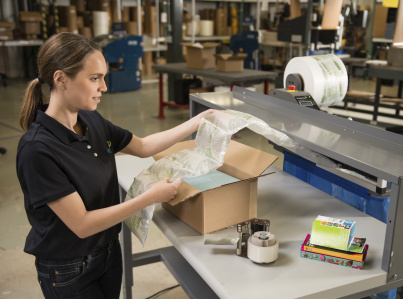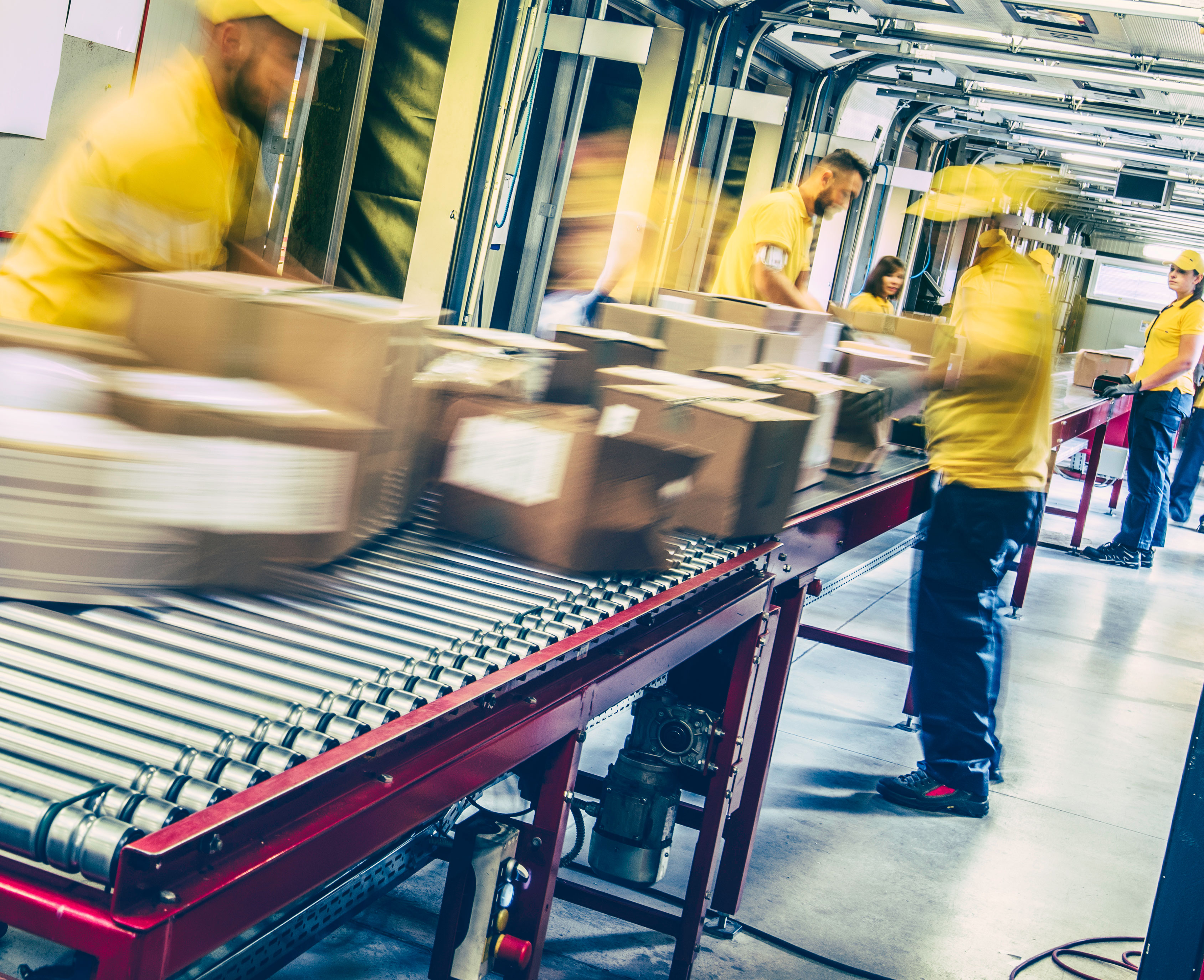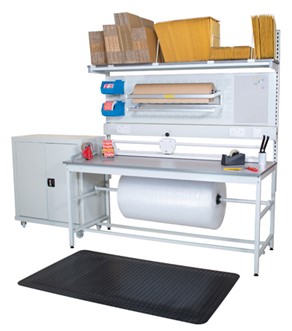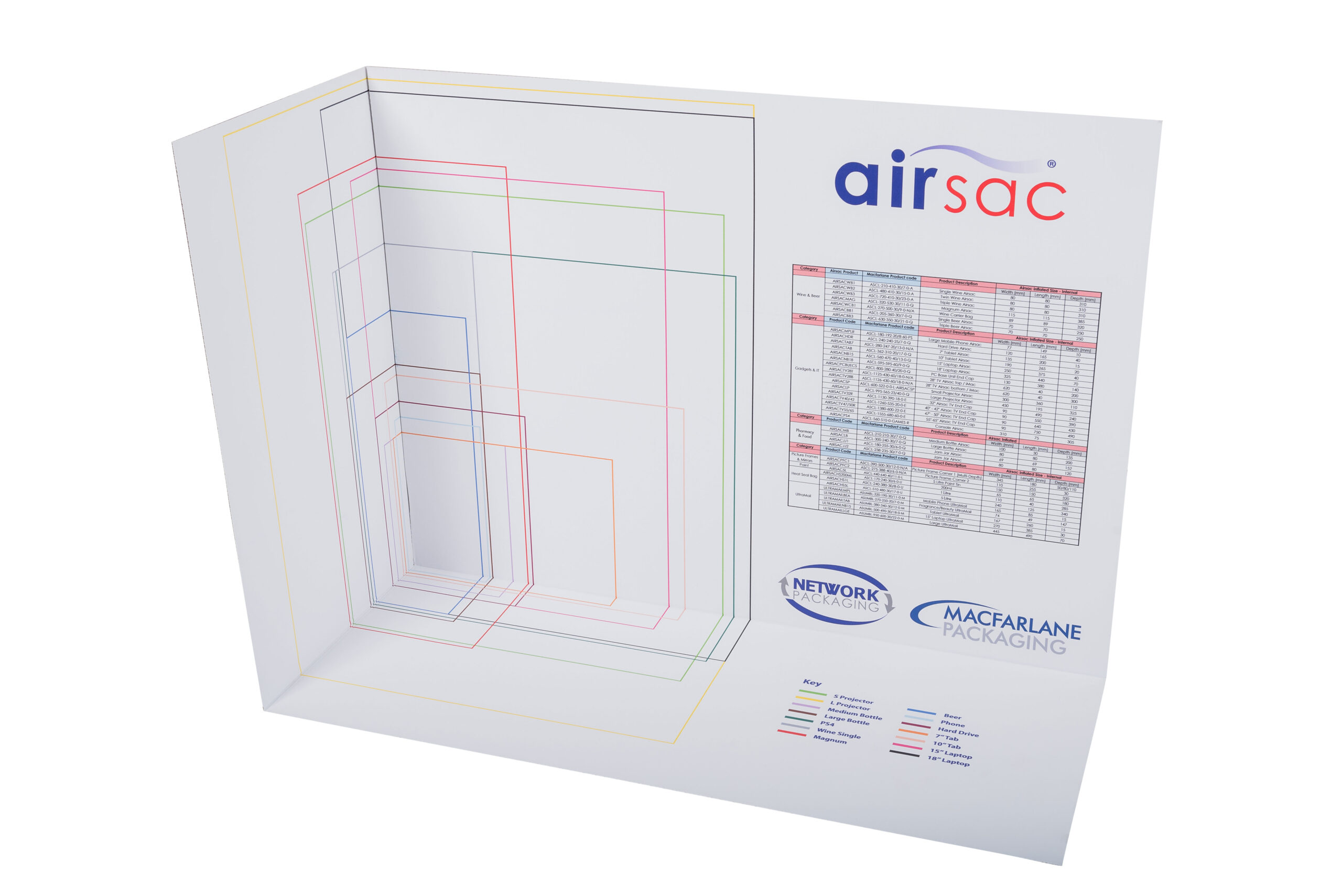Is your pack room functioning as well as it could be? Optimising your warehouse space can help you increase productivity, remove bottlenecks, and reduce downtime. A well organised pick and pack area will also allow you to adapt quickly. This means you can easily respond to spikes in demand.
With peak just round the corner, now is the time to make sure your pack room is functioning well. Here’s our guide to optimising your pack room to cope with peak…
-
Establish clear packing zones
The floor layout in your warehouse is important. Organsing it effectively will help you dispatch product quickly, whilst ensuring minimum disruption from stock intake and returns.
Depending on your operation, you may want to organise your pack room simply by pick, pack and dispatch with a separate area for returns. However, if you have a large range of SKUs or categories you could arrange your packing areas to service one particular product line or function within your business.
Establishing clear packing zones or a specific layout will mean you always have the appropriate equipment and materials to maximise workflow.
-
Make sure you have the right equipment to pack your products
Ergonomically designed packing benches will encourage a high level of productivity and minimise packer downtime. Integrating taping or void filling options into your pack benches can help further enhance packing speed.
Thinking about the comfort of your team when you design your benches and furnish your pack room is also important. Packing is a strenuous activity, so making sure you’ve installed simple comfort or anti-fatigue matting is a must.
Before peak, you should consider if there are opportunities for packaging automation too. Almost any packaging process can be automated, including boxing, filling, taping, bagging, and wrapping. Conveyors can also help product movement within your warehouse. Automation can give you greater control over your packing, reduce waste, lower transport costs, and enable you to evaluate your labour distribution. Most importantly, automation will give you a wide range of productivity improvements, proofing your operation for peak. Click here to learn more.
-
Use fit for purpose materials, processes & storage
Prior to peak, it’s worth taking stock of your packaging materials and packing process, to check they’re still fit for purpose. Keeping the appropriate materials stored on and/or close to the relevant pack zone for replenishment will ensure minimal disruption to throughput.
We recommend that items are stores on your packing bench within the “power zone”, which is no higher than shoulder height. This will reduce fatigue and maintain a productive work environment.
Installing shadowboards on your pack benches is another quick way to help speed up dispatch. A shadowboard helps your team choose the right box or bag for the product they’re packing based on size. These simple tools can also lessen your packaging waste and product damage, as your packers are always choosing the appropriate material and minimising unnecessary void.
-
Be flexible and consider temporary solutions to adapt your space
Flexibility is often key when it comes to dealing with an influx demand. Whilst you might not be able to immediately change the entire floorplan or layout of your pack room, there are ways you can adapt without too much hassle.
Opting for temporary solutions like corrugated pick bins and modular storage can help you change up your space quickly and easily. They’re also simple to dismantle, so you can revert to your usual pack room layout after peak. Plus, if you use a cardboard solution, the material can be recycled easily once you’re done with it, minimising waste.
Ask us about a peak packaging health check
If you want help preparing for peak, ask us about a peak packaging health check. We can provide packaging solutions and offer advice about your pack room that will make sure you’re operating as efficiently as possible. Just email contact@networkpack.co.uk today.
















